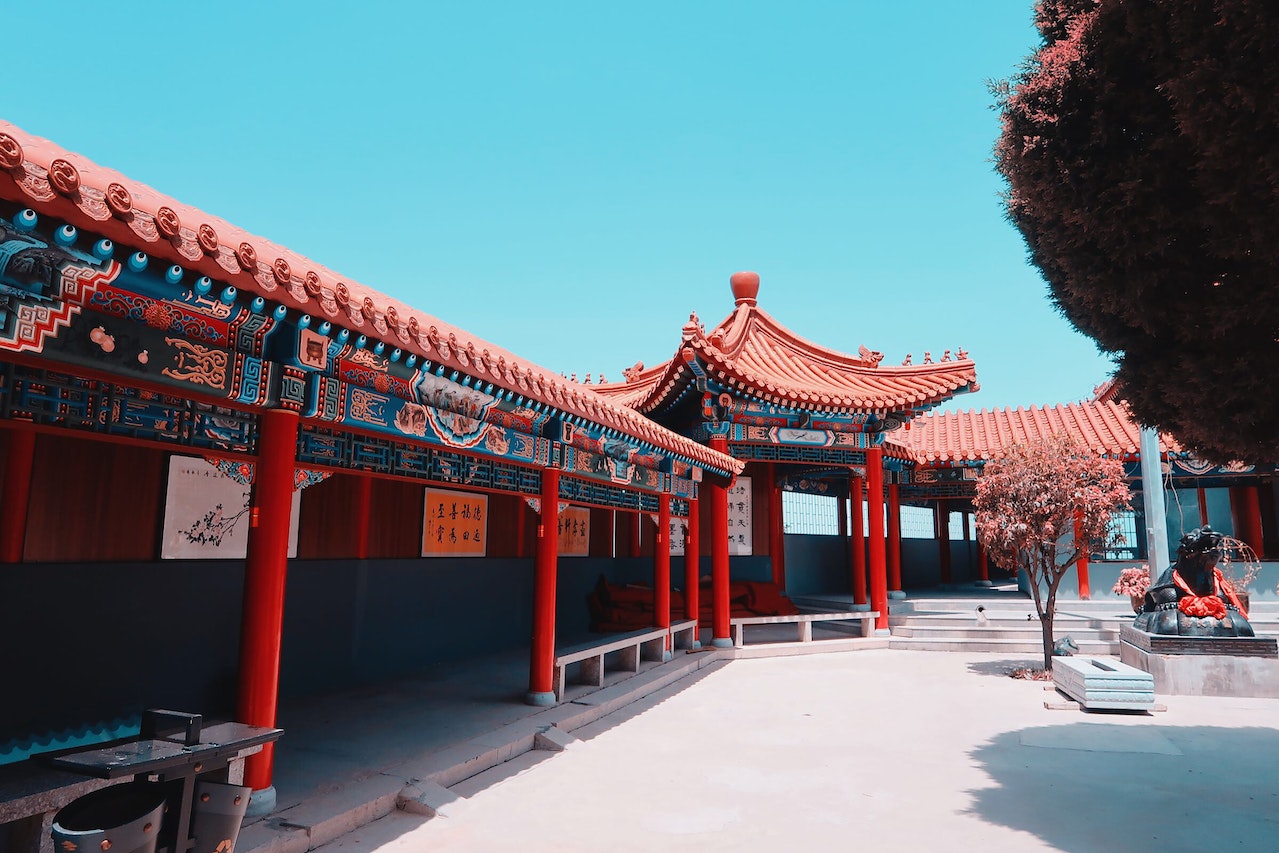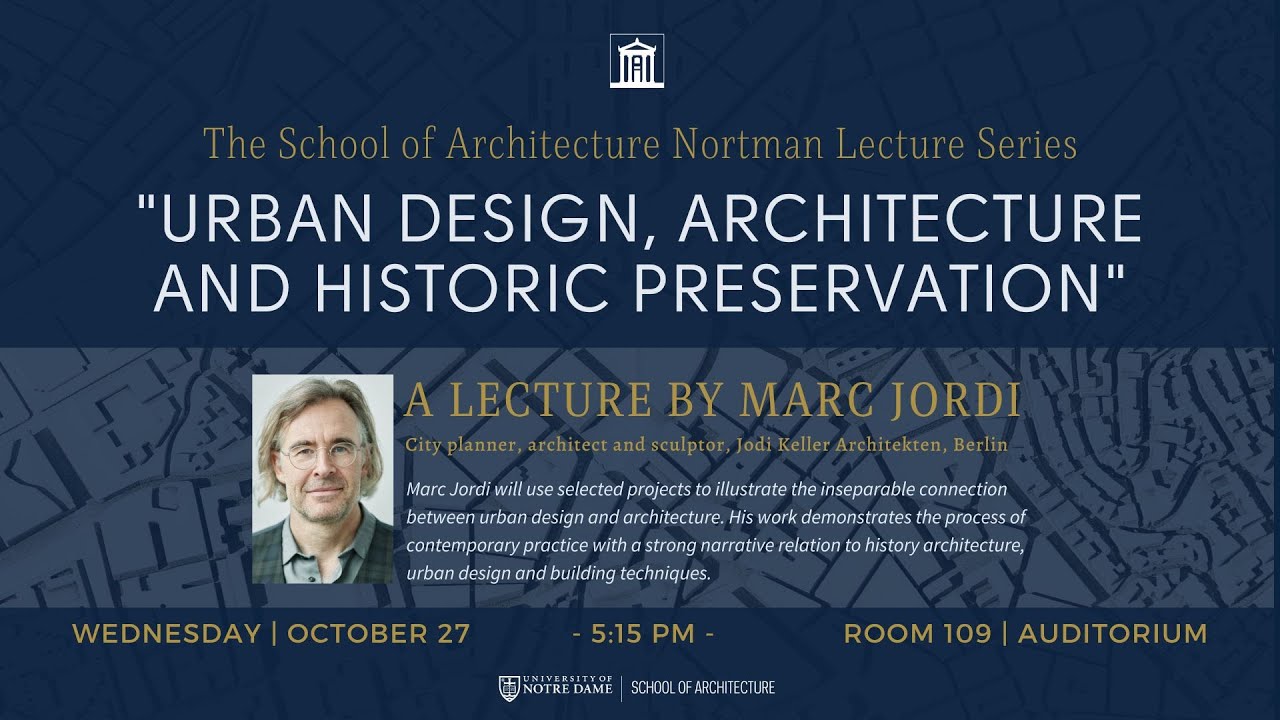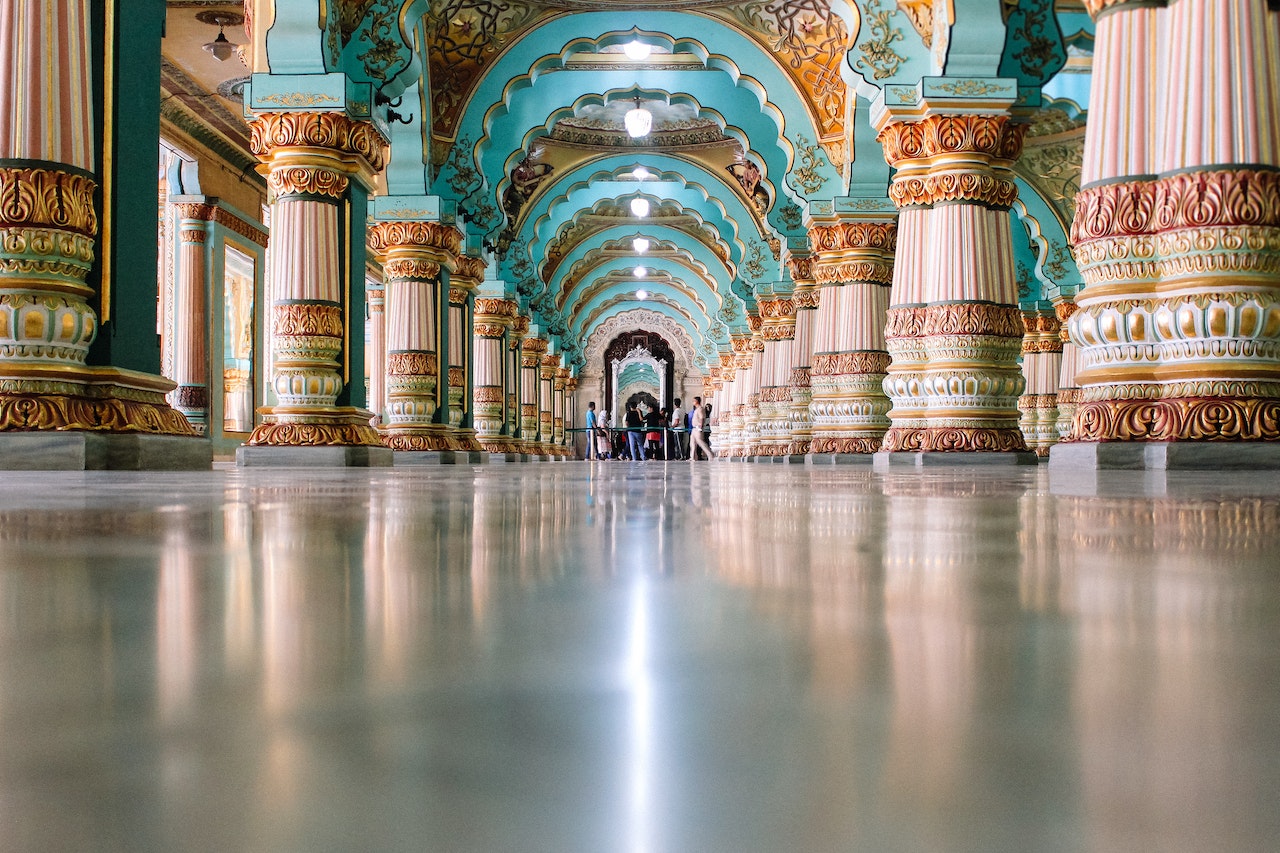The Importance Of Historical Preservation In Architecture And Urban Planning - Balancing Preservation And Development
Historical preservation in architecture and urban planning has become increasingly important in recent years. The importance of historical preservation in architecture and urban planning is a practice that has been around for centuries, but it has taken on a new level of importance in recent years.
Author:George EvansMar 15, 20231.8K Shares229.4K Views

Historical preservation in architecture and urban planninghas become increasingly important in recent years. The importance of historical preservation in architecture and urban planningis a practice that has been around for centuries, but it has taken on a new level of importance in recent years.
As cities grow and develop, there is a tendency to replace older structures with newer ones, often leading to the loss of important historical and cultural landmarks. However, preserving historic buildings and neighborhoods is crucial to maintaining a sense of community identity and cultural heritage.
This article will explore the importance of historical preservation in architecture and urban planning and its impact on society.
The Importance Of Historical Preservation In Architecture And Urban Planning
In the fields of architecture and urban planning, historical preservation has become essential in maintaining the cultural and historical identity of a community while promoting economic growth and sustainable development.
One of the key reasons why historical preservation is so important in architecture and urban planning is because it helps to maintain a sense of continuity and connection between the past and the present.
By preserving historic buildings, neighborhoods, and cultural landmarks, we can ensure that future generations will have a sense of the history and identity of their community.
Historical Preservation In Architecture
Historical preservation in architecture involves the protection and restoration of buildings that have significant architectural, cultural, or historical value.
This can include preserving iconic landmarks, such as the Eiffel Tower or the Statue of Liberty, but it can also include more modest buildings that are important to a community's history and identity.
One reason why historical preservation in architecture is important is that it can help to maintain a sense of community identity. By preserving historic buildings, communities can ensure that their cultural heritage is not lost to the sands of time.
This can be especially important in cities that are undergoing rapid development and growth, as new buildings can often obscure or overshadow older structures.
Another reason why historical preservation in architecture is important is that it can help to promote tourism and economic development. Many historic buildings and neighborhoods are popular tourist destinations, drawing visitors from all over the world.
By preserving these buildings and neighborhoods, cities can help to promote tourism and economic growth, which can have a positive impact on local businesses and employment.
However, historical preservation in architecture can also be challenging. Many historic buildings require extensive renovation and repair work, which can be costly and time-consuming. In some cases, it may be necessary to find creative ways to finance preservation projects, such as through public-private partnerships or tax incentives.
Examples Of Successful Historical Preservation In Architecture
There have been many successful examples of historic preservation in architecture throughout the world. One such example is the restoration of the Colosseum in Rome, which underwent a massive renovation project in the 1990s.
The Colosseum is one of the most iconic buildings in Rome and is an important cultural and historical landmark. Its restoration not only helped to preserve the building for future generations but also drew thousands of tourists to the city, boosting the local economy.
Another successful example of historical preservation in architecture is the restoration of the Palace of Westminster in London. The Palace of Westminster is home to the British Parliament and is one of the most iconic buildings in the United Kingdom.
In the 1980s, the building underwent a major renovation project that involved extensive repair work and the installation of modern heating and ventilation systems. The restoration helped to preserve the building's historic character while also ensuring that it could continue to function as a modern legislative center.
Historical Preservation In Urban Planning
Historical preservation in urban planning involves the protection and restoration of historic neighborhoods and communities. This can include preserving traditional housing styles, protecting green spaces, and promoting sustainable development practices.
One reason why historical preservation in urban planning is important is that it can help to maintain a sense of community identity. Many historic neighborhoods have a unique character and charm that can be lost if they are replaced with modern developments.
By preserving these neighborhoods, cities can ensure that their cultural heritage is not lost and that their residents have a strong sense of place and identity.
Another reason why historical preservation in urban planning is important is that it can promote sustainable development practices.
Many historic neighborhoods are located in walkable, transit-friendly areas, making them ideal for promoting sustainable transportation options. By preserving these neighborhoods, cities can promote sustainable development practices that can have a positive impact on the environment and quality of life for residents.
However, historical preservation in urban planning can also be challenging. Many historic neighborhoods require extensive renovation and repair work, and it can be difficult to balance the need for preservation with the demands of modern urban development.
In some cases, preservation efforts may also face opposition from developers who see historic neighborhoods as obstacles to their plans for growth and expansion.
Examples Of Successful Historical Preservation In Urban Planning
There have been many successful examples of historic preservation in urban planning, both in the United States and around the world.
One such example is the restoration of the Pearl District in Portland, Oregon. The Pearl District was once a rundown industrial area, but in the 1990s, the city embarked on a major revitalization effort that focused on preserving historic buildings and creating a walkable, pedestrian-friendly neighborhood.
Today, the Pearl District is one of the most vibrant and desirable neighborhoods in Portland, with a mix of residential and commercial development that has attracted a diverse and engaged community.
Another successful example of historical preservation in urban planning is the restoration of the French Quarter in New Orleans, Louisiana.
The French Quarter is one of the oldest and most historic neighborhoods in the United States, with a rich cultural heritage that includes jazz music, Creole cuisine, and Mardi Gras celebrations.
In recent years, the city has worked to preserve the neighborhood's unique character while also promoting sustainable development practices that respect the area's history and culture.
The Benefits Of Historical Preservation
The benefits of historical preservation extend beyond the preservation of buildings and neighborhoods. By preserving historic sites and structures, cities and communities can also promote education, civic pride, and a sense of shared cultural heritage.
One way that historical preservation promotes education is by providing opportunities for learning and exploration.
Historic sites and museums can offer visitors a glimpse into the past and provide a context for understanding important events and cultural movements. Preserving these sites, cities, and communities can help to promote lifelong learning and cultural awareness.
Historical preservation can also promote civic pride and a sense of shared cultural heritage. By preserving historic buildings and neighborhoods, cities and communities can create a sense of continuity and connection between the past and the present.
This can help to promote a shared sense of history and identity among residents, which can be especially important in diverse and rapidly changing urban environments.
Finally, historical preservation can also have economic benefits. As mentioned earlier, many historic buildings and neighborhoods are popular tourist destinations, drawing visitors from all over the world. Preserving these sites, cities, and communities can help to promote tourism and economic growth, which can have a positive impact on local businesses and employment.

Urban Design, Architecture and Historic Preservation
Challenges To Historical Preservation
Despite the many benefits of historical preservation, some challenges must be addressed. One of the biggest challenges is the cost of preservation.
As mentioned earlier, many historic buildings and neighborhoods require extensive renovation and repair work, which can be expensive and time-consuming. In some cases, it may be necessary to find creative ways to finance preservation projects, such as through public-private partnerships or tax incentives.
Another challenge to historical preservation is the lack of public awareness and understanding. Many people are not aware of the cultural and historical significance of the buildings and neighborhoods around them.
This can make it difficult to build public support for preservation efforts and can also make it harder to secure funding for preservation projects.
Finally, historical preservation efforts can also face opposition from developers and others who see preservation as a barrier to economic growth and development. In some cases, it may be necessary to balance the demands of preservation with the needs of development and growth, which can be a difficult and contentious process.
People Also Ask
How Can Historic Buildings And Neighborhoods Be Adapted For Modern Use While Still Preserving Their Historical Integrity?
Historic buildings and neighborhoods can be adapted for modern use while still preserving their historical integrity by using adaptive reusestrategies, such as converting old factories into loft apartments or repurposing historic buildings as cultural institutions.
What Is The Economic Impact Of Historic Preservation In Architecture And Urban Planning?
Historical preservation can have a positive economic impact by promoting tourism, encouraging private investment, and creating jobs in the preservation and restoration industries.
How Can Historical Preservation Contribute To Sustainable Development?
Historical preservation can contribute to sustainable development by promoting the reuse of existing buildings and infrastructure, reducing the environmental impact of new construction, and preserving cultural and historical resources for future generations.
What Is The Role Of Government In Promoting Historical Preservation In Architecture And Urban Planning?
The government plays a critical role in promoting historical preservation in architecture and urban planning by providing funding, tax incentives, and regulatory support for preservation efforts.
Conclusion
The importance of historical preservation in architecture and urban planning is a complex and multifaceted issue, but it is also an essential one.
By preserving historic buildings and neighborhoods, cities and communities can promote education, civic pride, and a shared sense of cultural heritage. Preservation can also have economic benefits, promoting tourism and economic growth. However, preservation efforts can also face challenges.

George Evans
Author
George Anderson, an exceptional architectural designer, envisions and brings to life structures that transcend the realm of imagination. With an unwavering passion for design and an innate eye for detail, George seamlessly blends form and function, creating immersive spaces that inspire awe.
Driven by a deep appreciation for the interplay of space, light, and materials, George's innovative approach redefines the possibilities of architectural design. His visionary compositions leave an indelible mark, evoking a sense of wonder and transforming the built environment.
George Anderson's transformative designs and unwavering dedication continue to shape the architectural landscape, pushing the boundaries of what is possible and inspiring generations to come.
Latest Articles
Popular Articles
